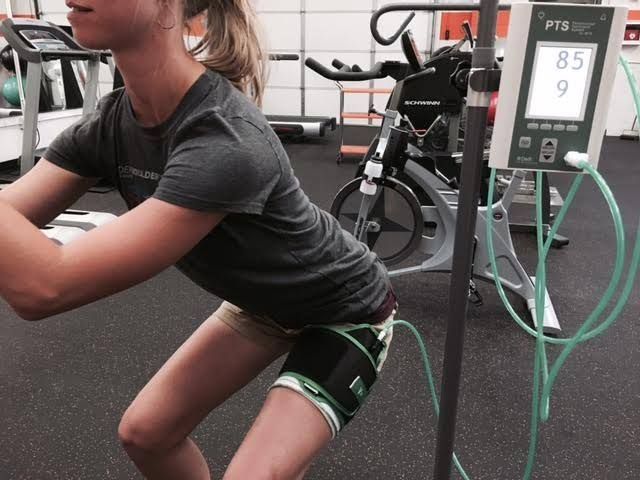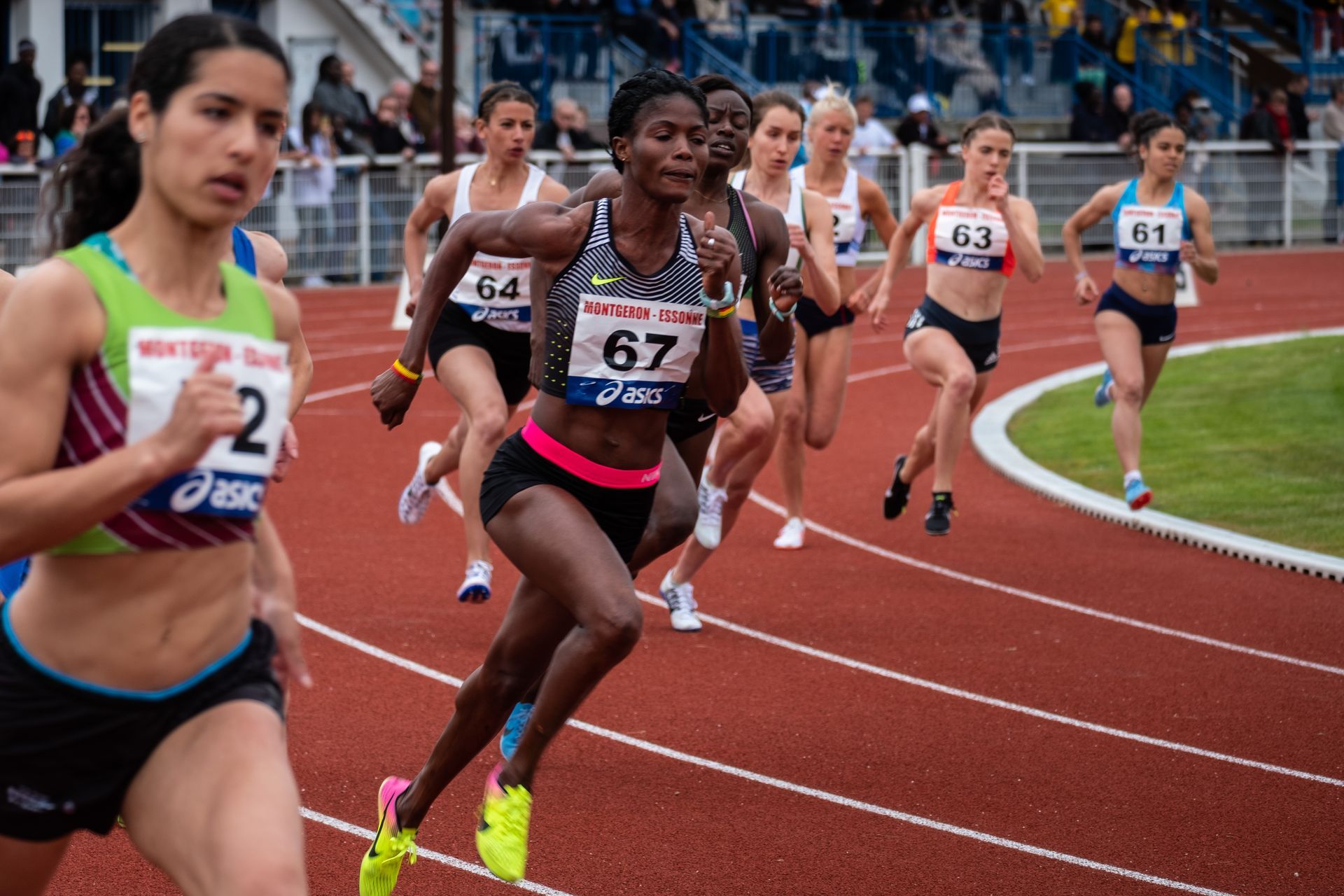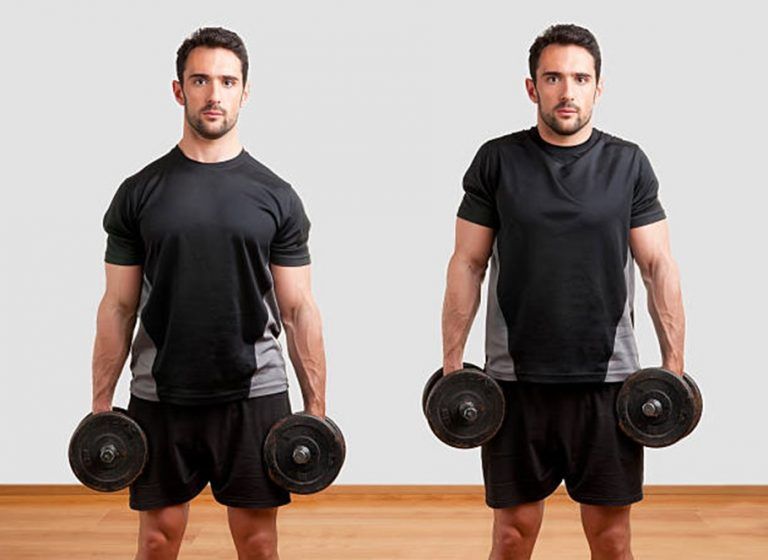5 Office Exercises for Relieving Neck Pain
5 Office Exercises for Relieving Neck Pain
You wouldn’t go running, bench press or sit in a car for 8 hours continuously without a break or two to move around, would you? So why do we find it perfectly normal to sit, hunched over, with muscles in constant contraction, straining our eyes as we stare into a fluorescent screen all day? It’s absolute madness…
Never fear however as help is at hand for relieving those aches and pain as well as tight neck muscles that leave you feeling sore, tired, heavy and at quite possibly with a splitting headache. Fortunately, we have some easy to do, take anywhere, anytime exercises that will get you loose as a goose and ready to face the afternoon slog.
Active Neck Rotation
This is a great one for general mobility of the neck when it feels tight. Starting incorrect posture (which is sitting tall, shoulders slightly back and down, chin tucked in and head facing forward) slowly rotate the head to the left keeping the line of sight parallel to the ground (not looking up or down). When you reach a position where the neck is slightly uncomfortable with the stretch pause for 1 second and then turn the head back through centre and to the right. Repeat this in a slow controlled motion for one minute, take a short 30-second break and repeat.


2 sets of 1 min
Levator Scapulae Stretch
If this muscle could be renamed it would surely be the gremlin muscle. When your neck and shoulders get tired you can trust good old
Levator Scapulae
to take over and try to hold things up but it comes at the cost of a tight neck, sore shoulders and even headaches. To stretch it out place one arm by your side (or even tucked behind your back) and rotate your head to look the opposite way, gently look down and with your free arm reach over the head and apply moderate pressure for 30 seconds then repeat on the opposite side. Stretch both sides a total of three times applying slightly more pressure each repetition.


3 sets of 30 sec each side
10 sets of 10-20 sec hold
Chin Retractions
Ever wondered why your neck gets tired and sore? Does it feel like you head weighs 100kilos by the end of the day? Chances are you’re spending your day with your head tilted forward and your chin poking out, which places huge amounts of strain on your neck. To counteract this, the chin retraction exercise is our favourite.
Start by standing up tall and looking straight ahead. Raise one arm and shape your thumb, pointer and middle finger into a tripod. Place the thumb and middle finger on each collar bone and the pointer finger on your chin. This should cause you to retract your chin and engage to muscles as the upper back of your neck (where it connects to the skull). Hold this posture for 10-20 seconds and rest 5 seconds. Repeat 10 times
Neck Stretches
Now it’s time to stretch out all those tight muscles, particularly the Upper Traps that spend all day working overtime and also your neck extensors which are under strain from crooning your neck forward to peer at the screen or look at the keyboard. Flex your head to one side, reach over with same side hand and apply a moderate amount of pressure to increase the flex to the desired side. Hold for 20 seconds and then repeat on the opposite side. Stretch both sides twice before moving on to the back of the neck. Looking down, place both hands on the back of your head and lightly apply pressure in a forward motion and hold for 20 seconds (repeat this twice more). Your neck should feel nice and loose now so let’s move on to posture.

2 sets of 30 sec each
Isometric Neck Strength
Finally, it’s time to make our neck resilient and robust. The idea is to apply only a moderate amount of force and match it in the opposite direction with your hand so that the head remains in the same place. Looking straight ahead, place either your right or left hand onto the side of your head and push into the hand meeting the resistance. Hold this for 5 seconds and relax (Repeat 10 times). Now swap to the opposite side and repeat. Finally, placing your hands behind your head similar to the neck stretch, push back into your hands and hold for 5 seconds (repeat 10 times).

1 set of 10 reps (5sec hold) for each
Neck pain is common but most cases are not caused by serious problems. These exercises, if done correctly and regularly, should help keep you pain-free and moving well.
If your pain persists or is getting worse, it is advised you contact your physiotherapist for a detailed assessment and management plan
The post 5 Office Exercises for Relieving Neck Pain appeared first on Redfern Physiotherapy & Sports Medicine.







Useful links
Contact info
All Rights Reserved | Redfern Physiotherapy and Sports Medicine




